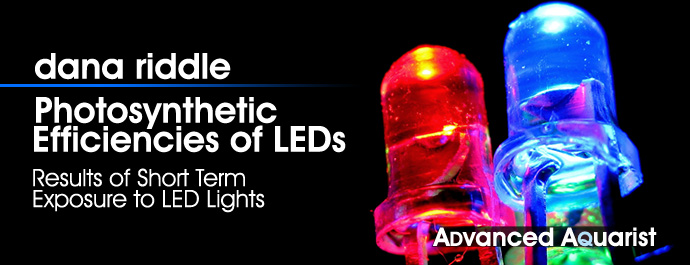Not really. 430nm is pretty close to the best absorption across the entire spectrum. Dana provides some data on the absorption in his article below.430 seems an odd choice, considering the absorption curve of the blue spectrum.

Photosynthetic Efficiencies of LEDs: Results of Short Term Exposure to LED Lights
Dana Riddle studies zooxanthallae exposed to varying intensities and colors of LEDs between 365nm (UV-A) and 657nm (red). The collected data sheds light on how different spectra affect photosynthesis and the Xanthophyll Cycle, helping us to better understand how corals use and respond to light.
My interest in 430nm came about when I built my own DIY LED lights back in the day. The offerings were still the blue and white basic lights back then. I built some huge aluminum plates covered in LEDs with a bunch of spectrum ranges accounted for. I could only get the 420nm and 430nm LEDs in 20W COB modules. What I noticed was that my corals tended to grow towards where the 430nm modules were in the fixtures above them. That got my attention.

















